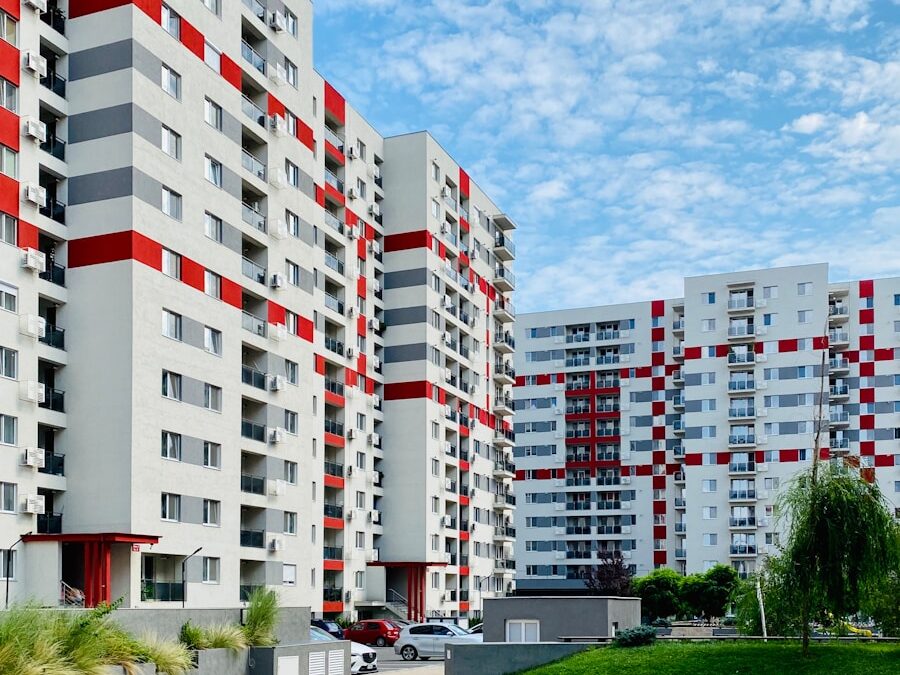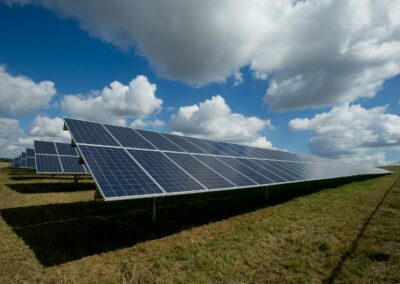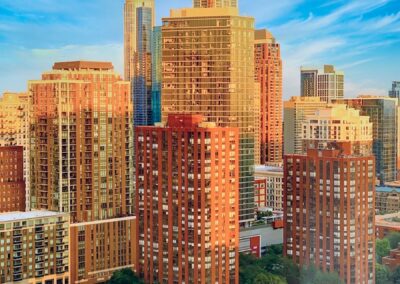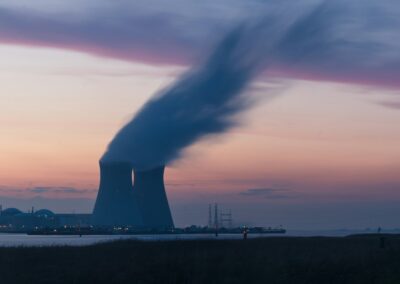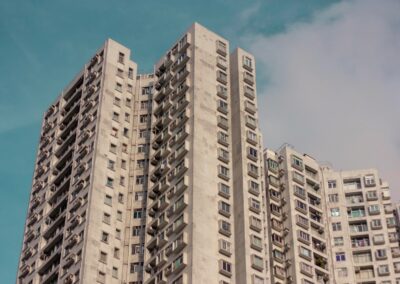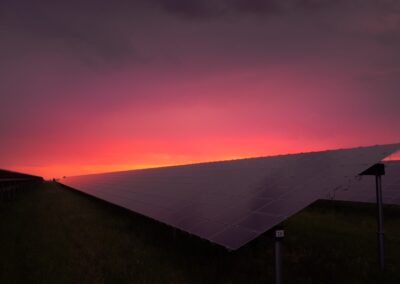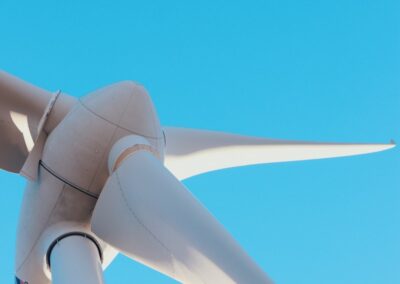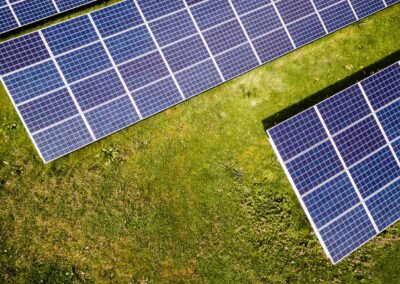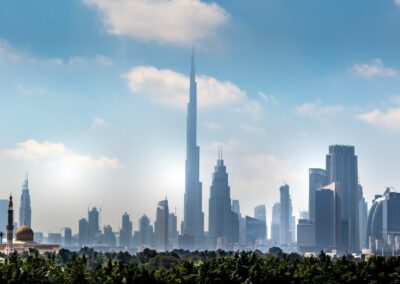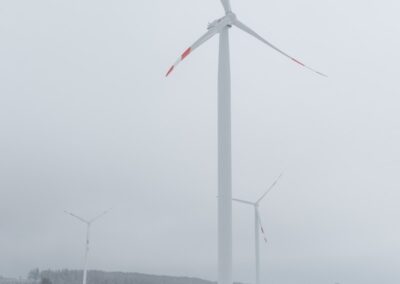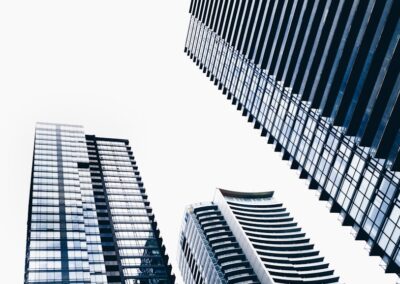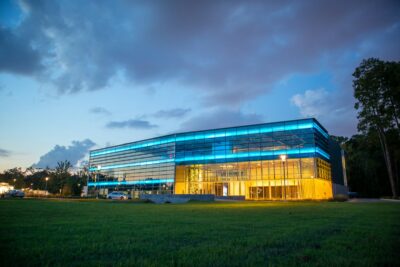The Importance of Energy-Efficient High-Rise Buildings
Meeting Future Energy Needs in Saudi Arabia and the UAE
The development of energy-efficient high-rise buildings is critical for addressing future energy needs and adapting to technological advancements. In rapidly growing regions like Saudi Arabia and the UAE, where cities like Riyadh and Dubai are constantly expanding, ensuring that high-rise buildings are designed with sustainability in mind is essential for promoting long-term energy efficiency and environmental responsibility.
Energy-efficient buildings minimize energy consumption through innovative design and technology, reducing the carbon footprint and operational costs. As Saudi Arabia and the UAE continue to invest in renewable energy sources, integrating these technologies into high-rise buildings is crucial. For example, solar panels and wind turbines can be incorporated into building designs to generate renewable energy, reducing reliance on non-renewable sources and lowering overall energy costs.
Furthermore, energy-efficient buildings contribute to the comfort and well-being of their occupants. By optimizing natural light, ventilation, and temperature control, these buildings provide a healthier living and working environment. In cities like Riyadh and Dubai, where extreme temperatures are common, energy-efficient buildings can significantly improve indoor comfort while reducing the strain on energy resources.
Innovative Technologies for Energy Efficiency
The integration of innovative technologies is essential for the success of energy-efficient high-rise buildings. Advanced technologies such as artificial intelligence (AI), smart grids, and building automation systems play a pivotal role in enhancing energy efficiency and adapting to future energy needs. In technologically advanced regions like Saudi Arabia and the UAE, leveraging these technologies is key to achieving sustainable urban development.
AI can optimize energy consumption by analyzing data from sensors and monitoring systems to identify patterns and inefficiencies. For example, AI algorithms can adjust lighting, heating, and cooling systems based on occupancy and weather conditions, ensuring that energy is used efficiently. In Riyadh and Dubai, AI-driven energy management systems can significantly reduce energy wastage and improve the overall efficiency of high-rise buildings.
Smart grids enable buildings to interact with the broader energy network, optimizing energy distribution and consumption. These grids can integrate renewable energy sources, such as solar and wind power, and provide real-time data on energy usage. By incorporating smart grid technology, high-rise buildings in Saudi Arabia and the UAE can enhance energy resilience and support the transition to a sustainable energy future.
Building automation systems (BAS) control various building functions, such as lighting, HVAC, and security systems, to improve energy efficiency. These systems can be programmed to operate only when needed, reducing energy consumption during off-peak hours. In cities like Riyadh and Dubai, BAS can play a crucial role in managing energy usage and maintaining optimal building performance.
Sustainable Design Principles for High-Rise Buildings
Adopting sustainable design principles is fundamental to the development of energy-efficient high-rise buildings. These principles encompass various aspects of building design, from material selection to architectural features that enhance energy efficiency. In regions like Saudi Arabia and the UAE, where sustainability is a key priority, implementing these design principles is essential for creating environmentally responsible urban environments.
One of the primary sustainable design principles is the use of energy-efficient materials. These materials, such as high-performance insulation and low-emissivity glass, minimize heat transfer and reduce energy consumption for heating and cooling. By selecting materials that enhance energy efficiency, high-rise buildings in Riyadh and Dubai can achieve significant energy savings and reduce their environmental impact.
Architectural features that promote natural lighting and ventilation are also critical for energy-efficient building design. For example, strategically placed windows and skylights can maximize daylight penetration, reducing the need for artificial lighting. Additionally, natural ventilation systems can improve indoor air quality and reduce the reliance on mechanical ventilation. In cities with hot climates, such as Riyadh and Dubai, these features can significantly enhance energy efficiency and occupant comfort.
Green roofs and vertical gardens are innovative design elements that contribute to energy efficiency and environmental sustainability. These features provide natural insulation, reduce heat absorption, and promote biodiversity. By incorporating green roofs and vertical gardens into high-rise building designs, urban areas in Saudi Arabia and the UAE can mitigate the urban heat island effect and improve air quality.
Leadership and Management in Energy-Efficient Building Design
Strategic Leadership in Sustainable Architecture
Effective leadership is crucial for promoting the development of energy-efficient high-rise buildings. Leaders in government, business, and architecture must champion sustainability initiatives, ensuring that energy efficiency is prioritized in urban planning and development. In forward-thinking regions like Saudi Arabia and the UAE, strategic leadership is essential for guiding the responsible and innovative use of energy-efficient technologies.
Leaders should advocate for policies and regulations that mandate energy-efficient building practices. This involves setting standards for energy performance, conducting regular assessments, and enforcing compliance. By establishing clear guidelines and incentives, leaders can encourage developers and architects to prioritize energy efficiency in their projects. In cities like Riyadh and Dubai, where rapid urbanization is taking place, strong leadership is key to ensuring that new developments are sustainable and energy-efficient.
Moreover, leaders should invest in education and training for architects, engineers, and construction professionals. Ensuring that these professionals are equipped with the knowledge and skills to implement energy-efficient design principles is crucial for creating sustainable urban environments. In technologically advanced regions like Saudi Arabia and the UAE, continuous professional development and ethical training are essential for maintaining high standards of practice.
Project Management in Sustainable Building Initiatives
The successful implementation of sustainable building initiatives requires meticulous project management. Project managers must coordinate efforts across various stakeholders, ensuring that projects are effectively planned, executed, and monitored. In regions like Saudi Arabia and the UAE, where technological innovation drives urban development, structured project management is crucial for achieving impactful and sustainable building projects.
Effective project management involves setting clear objectives, timelines, and performance metrics for energy-efficient building initiatives. Managers must ensure that projects align with broader urban planning and environmental goals, such as reducing energy consumption, minimizing carbon emissions, and promoting sustainable practices. Regular assessments and feedback loops are essential for identifying challenges and making necessary adjustments to ensure that projects stay on track and achieve their intended impact.
Resource allocation is another critical aspect of project management. Managers must ensure that adequate funding, personnel, and technology resources are dedicated to sustainable building initiatives. This includes leveraging public-private partnerships to mobilize resources and expertise. By effectively managing resources and fostering collaboration, project managers can maximize the impact of energy-efficient building initiatives and promote sustainable innovation.
Promoting Energy Efficiency Through Leadership and Innovation
The promotion of energy efficiency through leadership and innovation is essential for the success of energy-efficient high-rise buildings. Leaders in business and government must drive the adoption of energy-efficient technologies and practices, setting an example for others to follow. In regions like Saudi Arabia and the UAE, where visionary leadership drives technological advancement, fostering a culture of innovation and sustainability is key to achieving long-term energy efficiency.
Leaders should prioritize research and development initiatives that explore new technologies and methods for enhancing energy efficiency. This includes supporting pilot projects, funding academic research, and collaborating with industry experts. By investing in innovation, leaders can ensure that their regions remain at the forefront of sustainable building practices and continue to set global standards for energy efficiency.
Moreover, leaders should engage with stakeholders, including residents, businesses, and policymakers, to promote awareness and understanding of energy-efficient building practices. This involves organizing workshops, seminars, and public consultations to educate stakeholders about the benefits of energy efficiency and the role they can play in promoting sustainable urban development. In cities like Riyadh and Dubai, where public participation is encouraged, these efforts can foster a sense of community and shared responsibility for sustainability.
Conclusion: Advancing Energy-Efficient High-Rise Buildings for a Sustainable Future
The development of energy-efficient high-rise buildings is essential for addressing future energy needs and promoting environmental sustainability. By focusing on innovative technologies, sustainable design principles, and effective leadership and project management, regions like Saudi Arabia and the UAE can lead the way in creating sustainable urban environments. The future of urban development holds immense potential for enhancing energy efficiency and reducing environmental impact, but it must be approached with a commitment to sustainability and innovation to ensure that these advancements benefit society as a whole.
#EnergyEfficientBuildings #HighRiseBuildings #FutureEnergyNeeds #TechnologicalAdvancements #ModernArchitecture #Sustainability #AI #SmartCities #BusinessSuccess #LeadershipSkills #Riyadh #Dubai

